

There will be a day when incandescent (or normal) lightbulbs will be replaced by LED bulbs. Whilst that day isn't here just yet, it doesn't mean that people won't begin to switch at some point. Riveting conversation, I know.
Look, I get it. There's no denying that lightbulbs aren't the most exciting topic of conversation. I personally thought it couldn't get more boring, but until I invested in some smart home lighting and made the switch to smart LED bulbs, I fully understood how great they can be. Not only do they provide different lighting settings, they're also able to connect to other smart home devices, such as the best smart speakers, best video doorbells or best smart sensors, so you can command them on and off with your voice, motion or light detection. As well as this, they're also more sustainable and much safer - I bet you didn't know all that, did you?
Switching from normal bulbs to smart LED bulbs has overall been a very eye-opening experience, and it's this reason why I thought I'd share with you the five main things I wish I'd known before I switched.
Make sure you check out our guide to the best smart bulbs so you know where to start.
1. They last an incredibly long amount of time
One of the biggest benefits of using LED lightbulbs is simply how long they last. Due to their very efficient thermal management, LED bulbs are able to remove heat through special heat sinks to help slow down lumen depreciation. Even after their lifetime, LEDs will continue to operate for years, but just not at 100%.
A well-built LED with good thermal management should remain at its top performance for around 50,000 hours. However, it's always best to be wary of retailers making exaggerated claims about the life expectancy. Make sure to read any reviews before buying!
2. They're safer than normal lightbulbs
Whilst incandescent bulbs don't contain mercury, CFL (Compact Fluorescent Lights) bulbs do. This increases a risk of mercury poisoning if they leak or are smashed.
Sign up to the T3 newsletter for smarter living straight to your inbox
Get all the latest news, reviews, deals and buying guides on gorgeous tech, home and active products from the T3 experts
On the other hand, LEDs do not contain mercury. They also give off comparatively little heat, making them safer to handle if used for a while. The absence of glass and fragile parts also reduces the likelihood of breakage, so you won’t have to worry about broken glass.
3. They work in existing fittings
Most LED bulbs are retrofit and are designed to work with existing light fittings and be used as direct replacements. Some lighting brands, including Philips Hue, release a huge variety of LED bulbs, ranging from GU10s to B22s. Whilst you have to pay special attention to make sure you're not buying the wrong bulb, it brings a lot of freedom when choosing which kind of LED bulb you'd like in your home.
4. They offer a huge range of colours and tones
Installing a smart LED bulb is a great (and affordable) option to set the ambience in your home. Smart LED bulbs are usually categorised by full colour, dimmable white and tunable white (bright white and warm tone options). For example, WiZ and Philips Hue offer all three categories, as well as providing up to 16 million colours for their full colour bulbs.
5. They work well in colder temperatures
LED bulbs are ideal for colder temperatures, unlike CFLs. They are also extremely durable and built with sturdy components, meaning they're able to withstand tough conditions. As LEDs are resistant to shock and extreme weather, they also make a perfect choice for outdoor lighting systems.

Lizzie is T3's Home Living Staff Writer, covering the latest in style, wellness and beauty tech. From skincare gadgets to vacuum cleaners, she's your go-to for trends and top recommendations.
When not writing, Lizzie enjoys mooching around Bath, spending time with loved ones, or testing her review units – often during an enthusiastic cleaning spree!
-
 Keen Hightrail EXP Waterproof Hiking Shoes review: grippy, slipper-comfy hiking hooves for 3-season saunters on the wildside
Keen Hightrail EXP Waterproof Hiking Shoes review: grippy, slipper-comfy hiking hooves for 3-season saunters on the wildsideLightweight, robust and waterproof walking shoes for all-conditions clambering, scrambling and trekking escapades (just don’t aim too high)
By Pat Kinsella
-
 Five must-do quad exercises for stronger, muscular legs
Five must-do quad exercises for stronger, muscular legsAdd these to your workout if you want to take your quads from pins to powerhouses
By Bryony Firth-Bernard
-
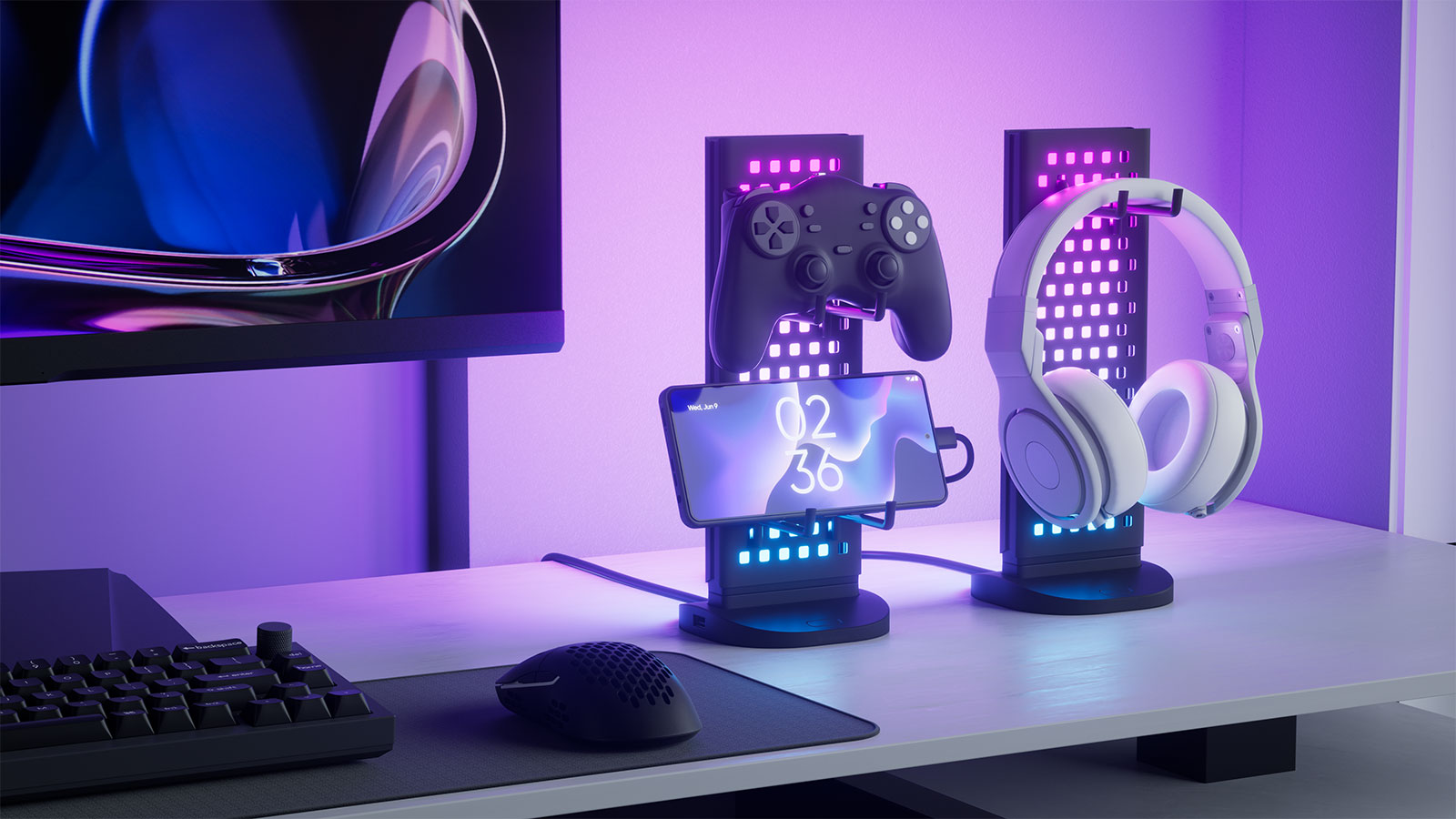 Nanoleaf’s new Pegboard Desk Dock is the must-have desk accessory of the year
Nanoleaf’s new Pegboard Desk Dock is the must-have desk accessory of the yearThink smart light…then level it up
By Lizzie Wilmot
-
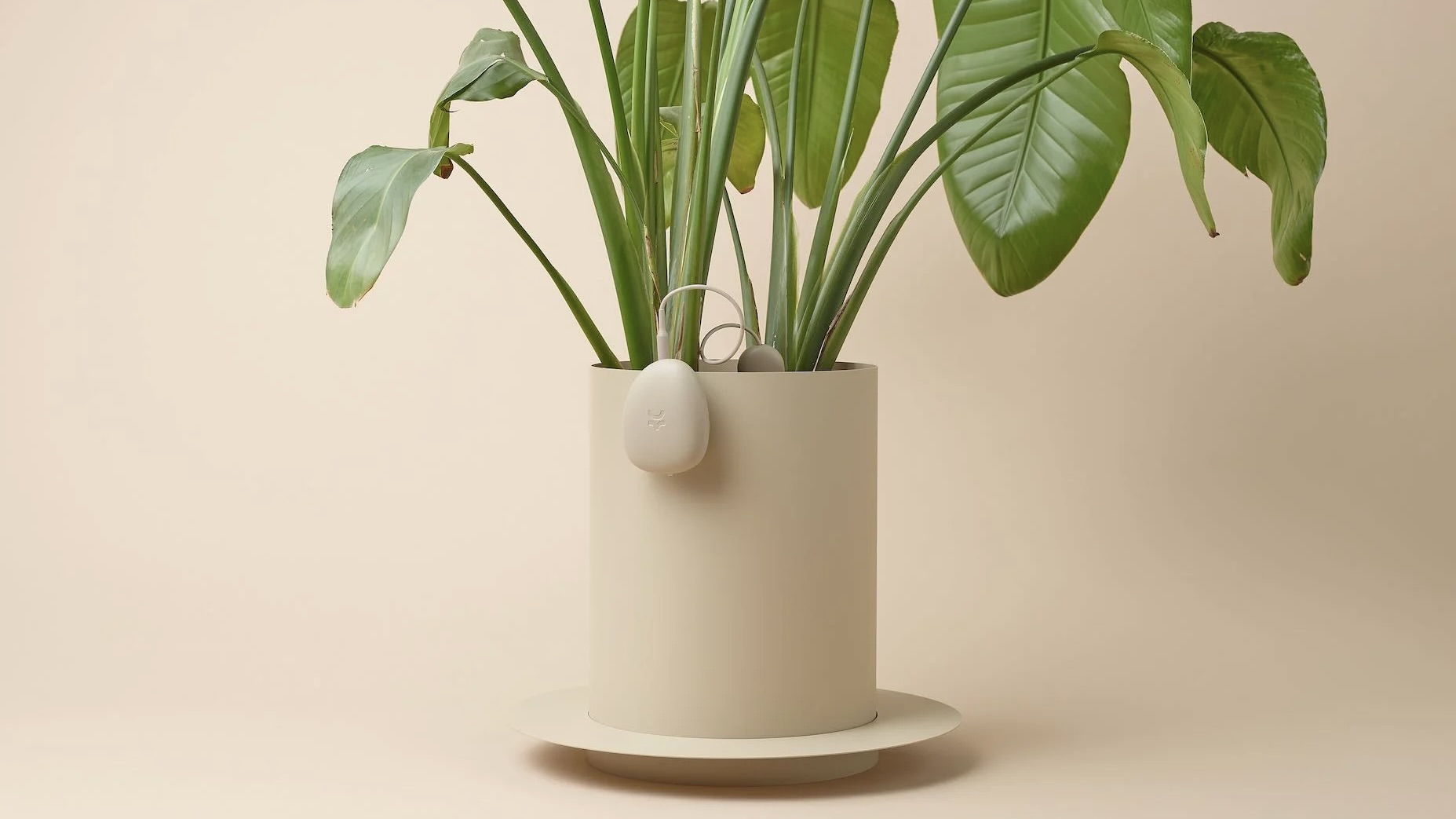 This smart home gadget can tell you when to water, feed and move your houseplants
This smart home gadget can tell you when to water, feed and move your houseplantsStress-free plant care? Yes please
By Lizzie Wilmot
-
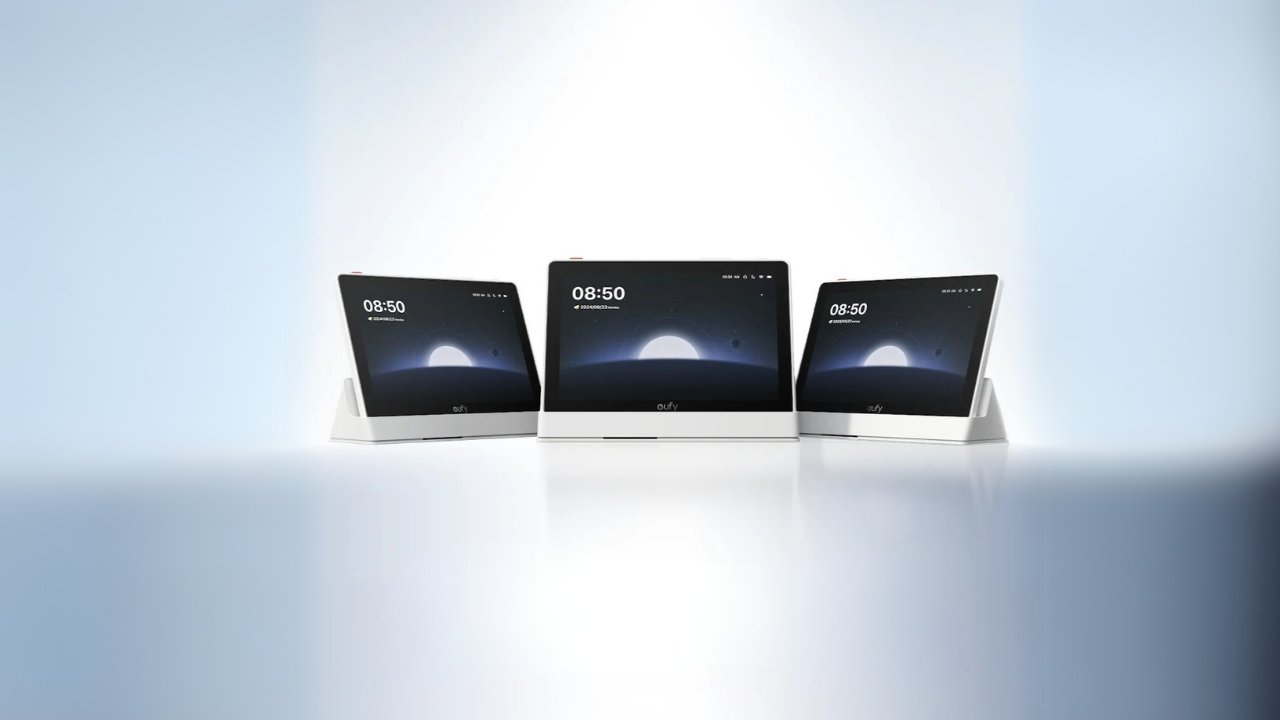 Is Eufy about to unveil its first-ever smart home display?
Is Eufy about to unveil its first-ever smart home display?Here's everything we know so far
By Lizzie Wilmot
-
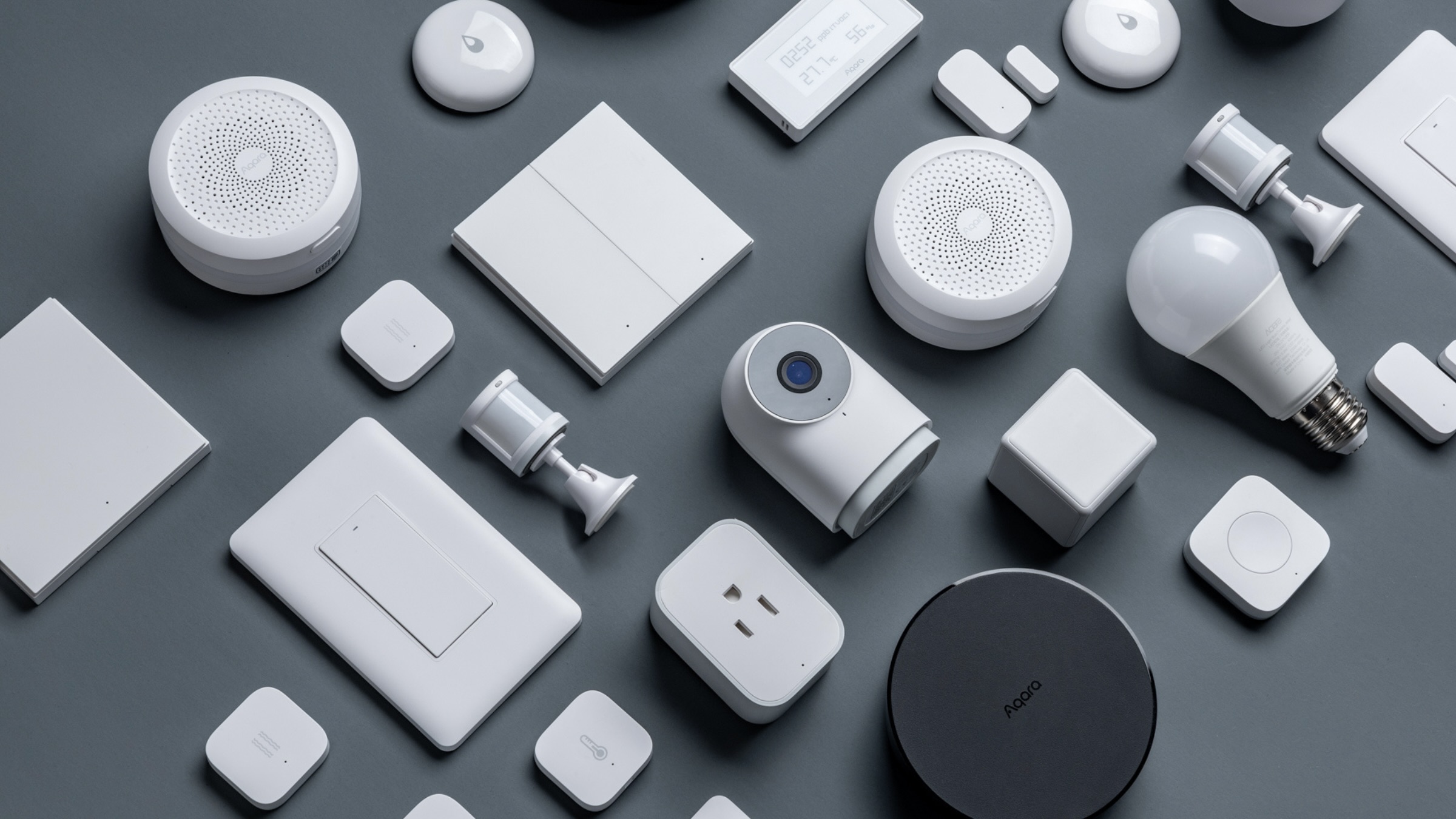 Aqara's smart home gadgets are finally becoming Matter-compatible
Aqara's smart home gadgets are finally becoming Matter-compatibleHere's everything you need to know
By Lizzie Wilmot
-
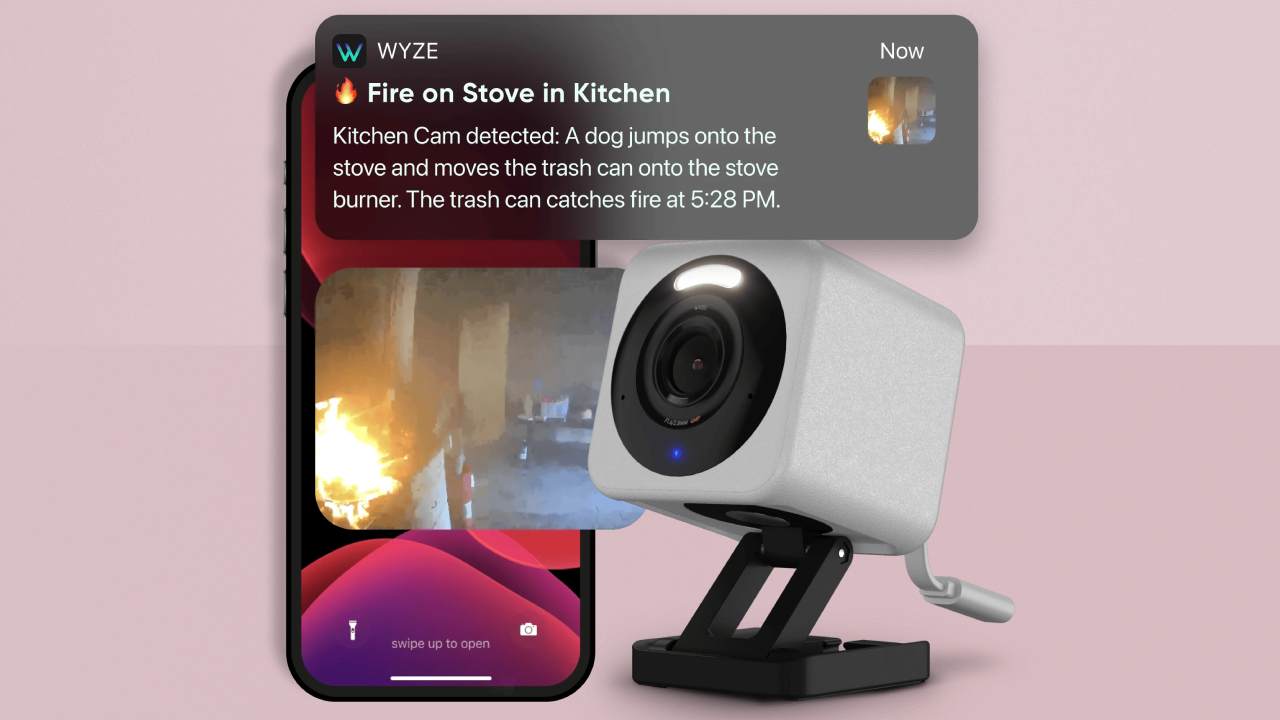 Wyze’s new AI feature only tells you the important things caught on your security cameras – here’s how
Wyze’s new AI feature only tells you the important things caught on your security cameras – here’s howWyze adds AI feature to its Cam Unlimited Pro subscription plan
By Bethan Girdler-Maslen
-
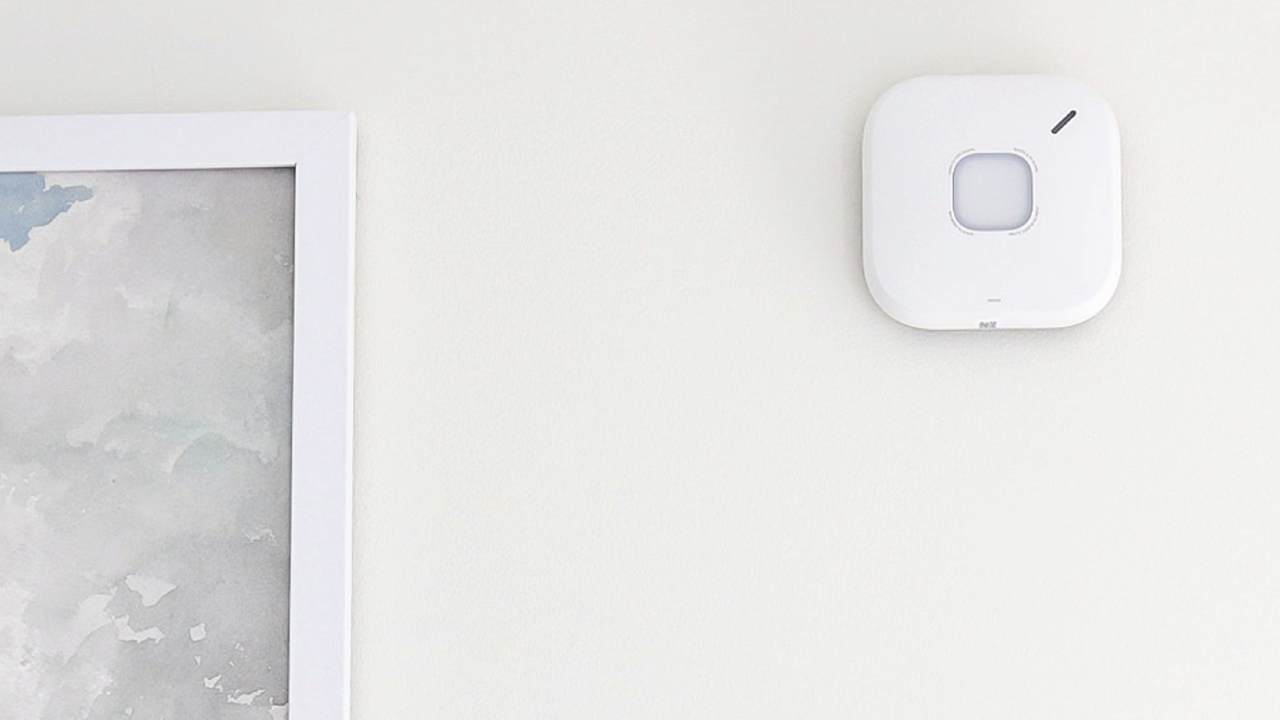 Google drops its Nest smoke alarms but First Alert has it covered
Google drops its Nest smoke alarms but First Alert has it coveredGoogle Nest partners with First Alert on smart smoke and CO alarm
By Bethan Girdler-Maslen
-
 Philips Hue Secure cameras get major battery life boost with latest update
Philips Hue Secure cameras get major battery life boost with latest updateIt's the first update in a while that solely focuses on Hue Secure products
By Lizzie Wilmot
-
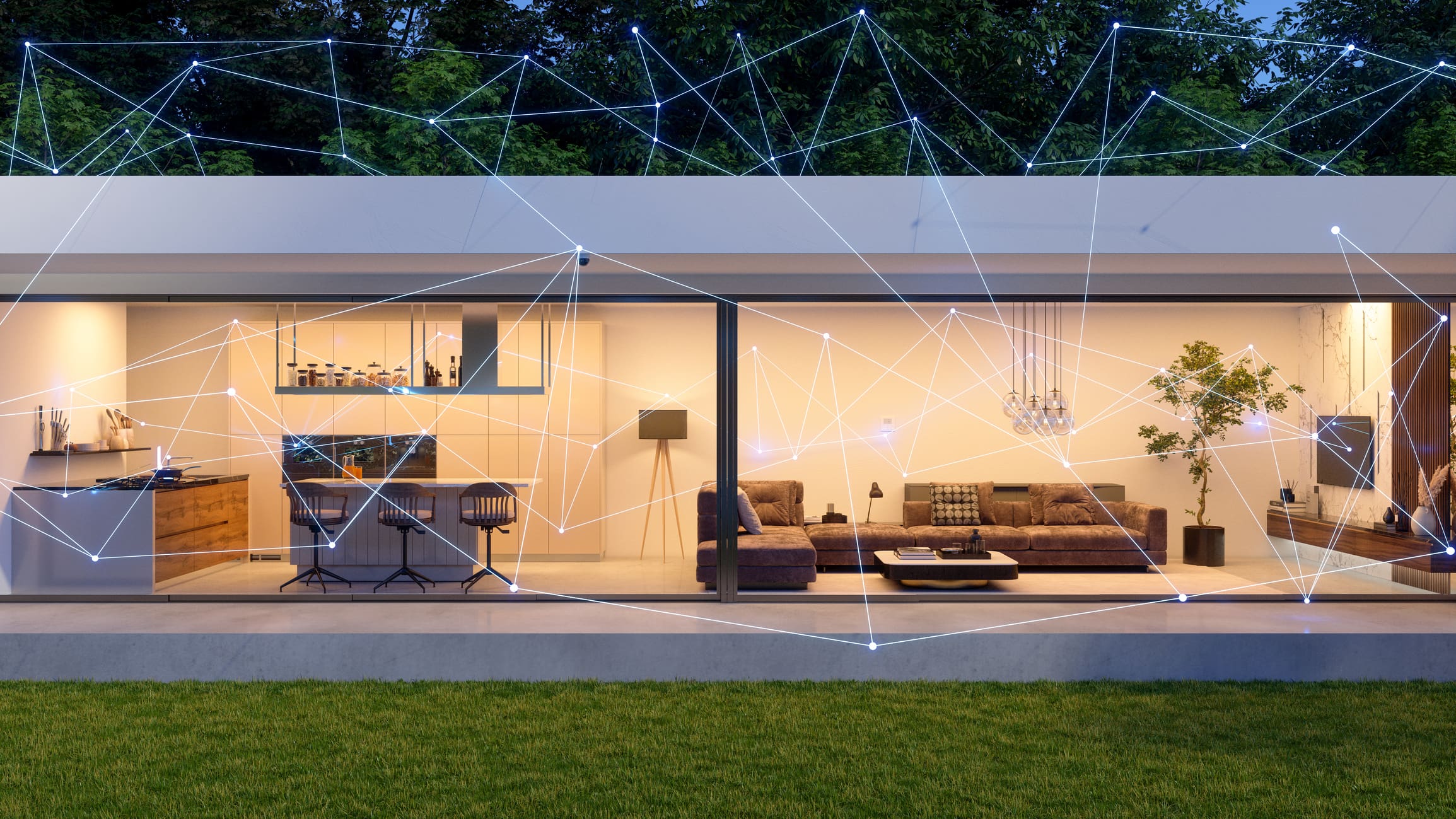 New Matter leak reveals exciting smart garden tools heading our way – a lot sooner than expected
New Matter leak reveals exciting smart garden tools heading our way – a lot sooner than expectedThat was pretty unexpected!
By Lizzie Wilmot